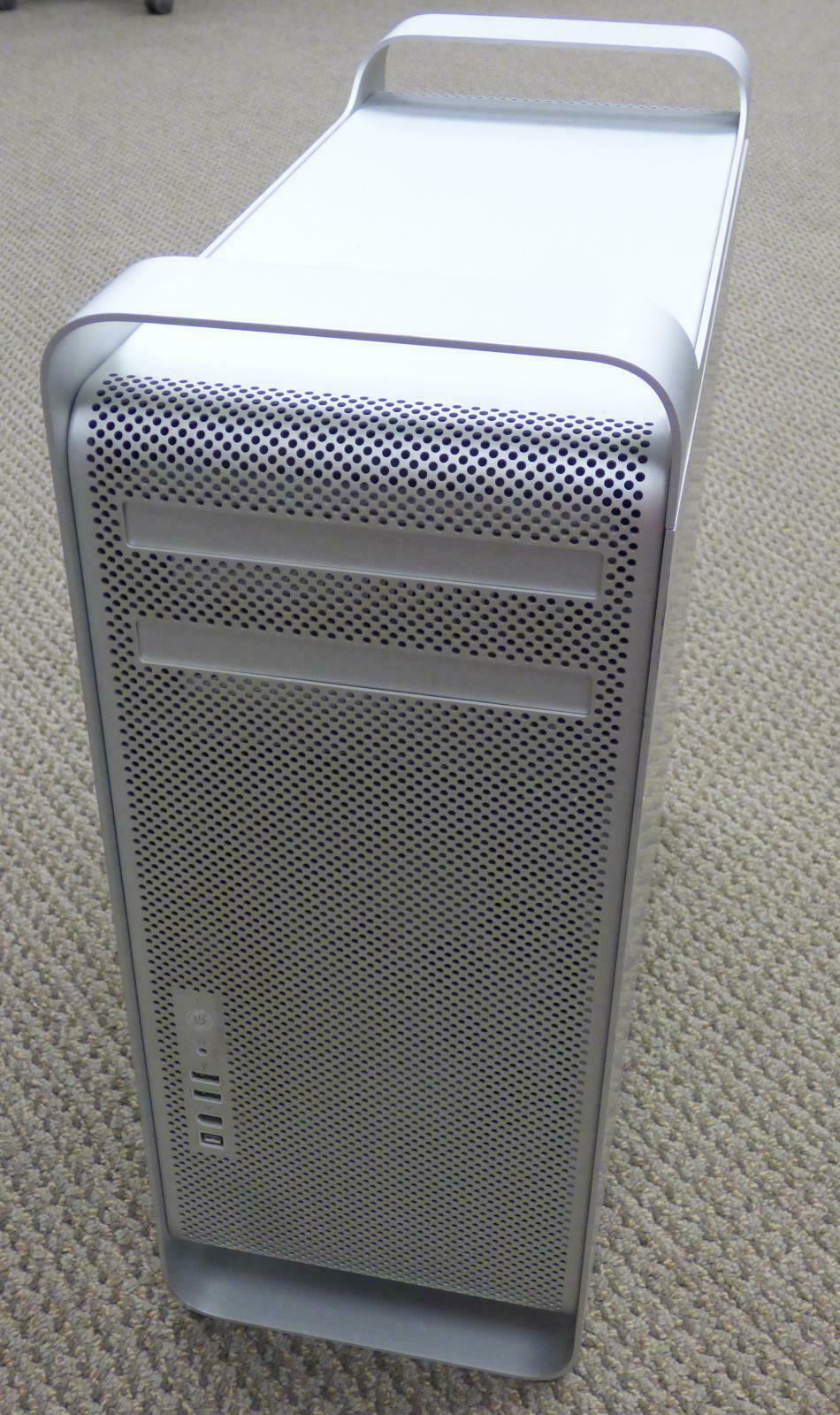

Jean-Louis Gassée, president of Apple's product division, started the "Jaguar" project with the goal of creating a computer that would be the fastest desktop computer on the market, capable of voice commands. The first Power Macintosh models were released in March 1994, but the development of Power Macintosh technology dates back to mid-1988. It was discontinued as part of the Mac transition to Intel processors announced in 2005, making way for its replacement, the Mac Pro. Over the next twelve years, it evolved through a succession of enclosure designs, a rename to "Power Mac", five major generations of PowerPC chips, and a great deal of press coverage, design accolades, and controversy about performance claims. The Power Macintosh replaced the Quadra, and was initially sold in the same enclosures. It provides good compatibility, at about two thirds of the speed of contemporary Macintosh Quadra machines. Existing software for the Motorola 68k processors of previous Macintoshes do not run on it natively, so a Mac 68k emulator is in System 7.1.2. The Power Macintosh, later Power Mac, is a family of personal computers designed, manufactured, and sold by Apple Computer as the core of the Macintosh brand from March 1994 until August 2006.ĭescribed by MacWorld as "the most important technical evolution of the Macintosh since the Mac II debuted in 1987", it is the first computer with the PowerPC CPU architecture, the flagship product of the AIM alliance. If you don't, someone migrating from a G5 to Intel will be in for nasty upgrade costs, and data conversion surprises.The Power Mac G5, the last model of the series. But it is important to make that distinction. Pre-JMacs can with the right discs install 10.6.8 and use those old PowerPC applications.Īpplications that are newer than 2006 generally don't have this problem. Virtualizing 10.6.8 Server with Parallels is the workaround I'm alluding to in my link. Quicken does have Intel Mac native version of Quicken, but the oldest version of Quicken can't be converted directly into it, except for the QIF files themselves.

You can't force an Intel Mac that can't boot into 10.6.8 to understand Rosetta without virtualization.Īppleworks document (paint documents, database documents are especially succeptable, word process documents and spreadsheet documents are more portable) have to be converted to something more portable if you get a newer than JMac, or you have to virtualize 10.6.8 Server on the Mac.


 0 kommentar(er)
0 kommentar(er)
